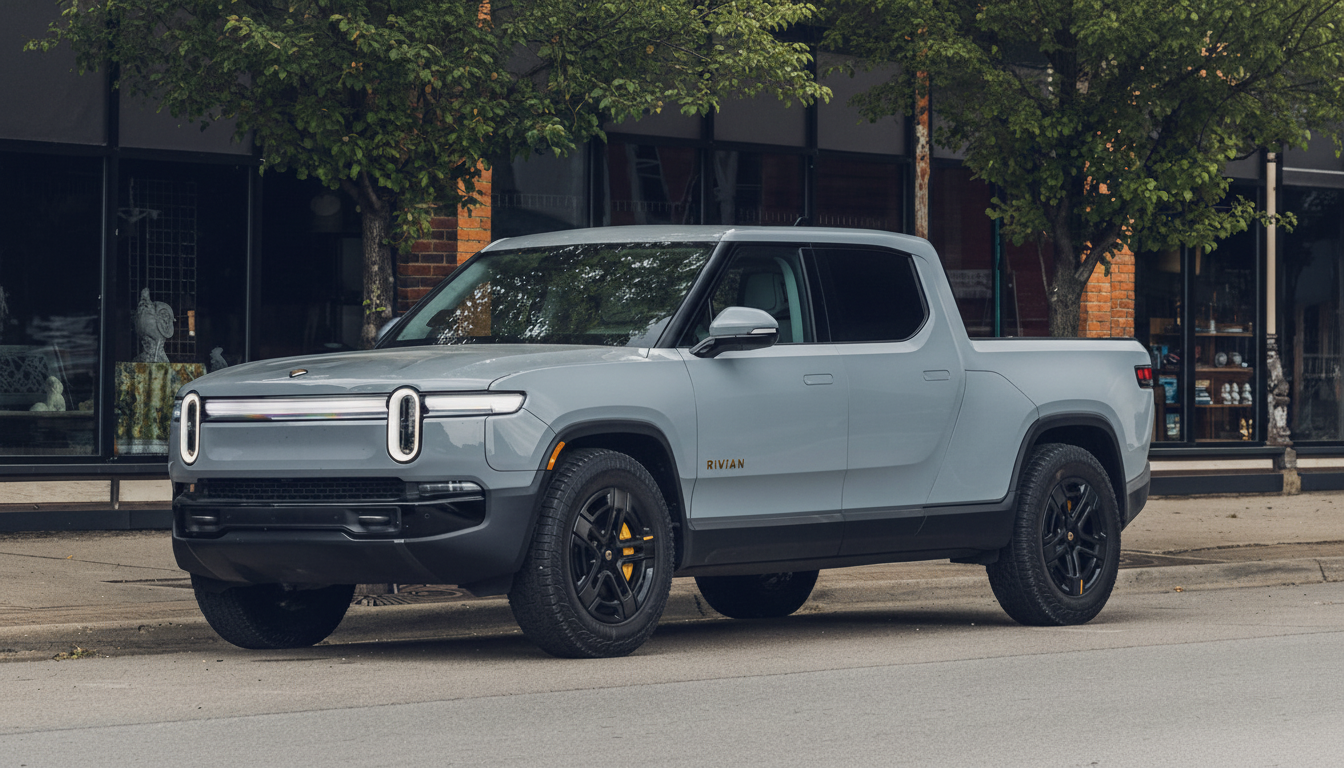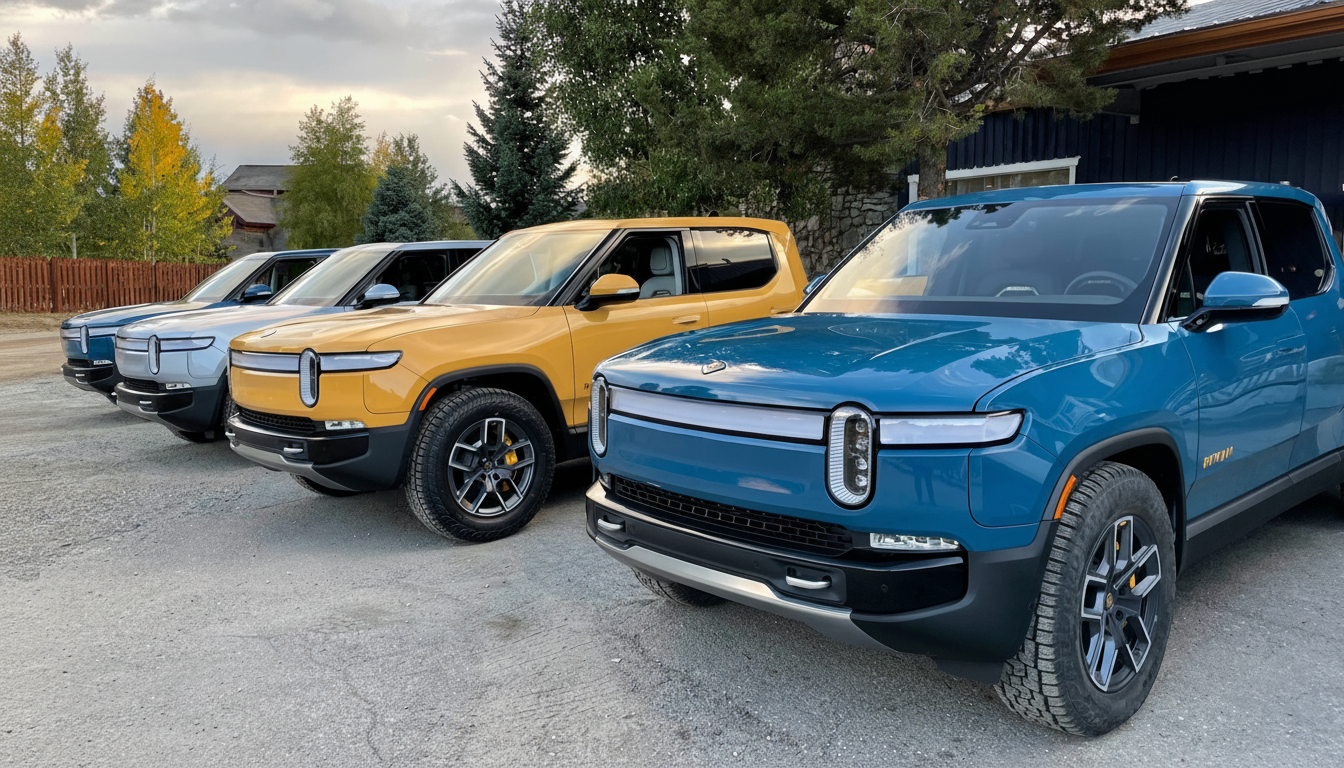Rivian has reached a $250 million settlement to end a shareholder class action linked to the jarring price hike on its gas-powered R1T pickup and R1S SUV. The company said it does not admit any wrongdoing and is denying the allegations, which remain subject to approval by the U.S. District Court for the Central District of California.
The $67 million of the settlement would be funded by directors’ and officers’ liability insurance, with $183 million being covered from cash on hand, the company said in a statement. Recent filings indicate that Rivian had $4.8 billion in cash and equivalents, meaning the direct cash portion would account for less than 4% of its reported liquidity.

How A Price Hike Led To Shareholder Revolt
The lawsuit is rooted in Rivian’s move to raise the sticker price of R1 models by as much as 20%, and apply that change to holders of existing reservations. Management cited supply chain pressures, inflation and the need to match configurations with future, less expensive trims. The action provoked an outcry from customers, and Rivian quickly rolled back pricing to the original levels for people who had already preordered a vehicle and published a public apology.
Shareholders claimed that the company’s pre-IPO disclosures did not adequately describe the costs associated with constructing the R1 platform and that, at least in part, as a result, news of it hiking prices — and of investors’ apparent shock at these reports — spelled meaningful losses for shareholders when its stock value slumped. A federal judge later ruled the case could become a class action and paved the way for a global resolution rather than running through years of litigation.
What The Court Has Yet to Decide About Approval
The settlement will receive normal judicial review, including preliminary approval, notice to eligible investors, and a final fairness hearing. Rivian said the settlement aims to remove uncertainty and cost related to ongoing litigation and is not an admission of fault. If the settlement is approved, the money would be distributed to class members under a court-approved plan of allocation.
Cash Buffer and Insurance Cushion for Settlement
D&O insurance is intended to lessen the financial blow that companies face from securities litigation, and Rivian’s coverage would put a little more than a quarter toward the total. With $2 billion plus of cash on the balance sheet, the remaining cash outlay seems to be manageable from a liquidity perspective. Insurance-backed settlements are often seen by analysts as a pragmatic way to limit legal risk, particularly for capital-intensive manufacturers grappling with volatile supply costs.

Strategic Landscape R1 Demand Drop R2 On Tap
The settlement comes as Rivian retools a strategy around volume and affordability. The R2 SUV that is on its way to the market will be cheaper than the range-topping R1 models and developed for increased capacity. Rivian has said its Illinois facility can make as many as 150,000 vehicles a year and intends for the planned Georgia factory to produce R2 and future models to boost capacity.
Meanwhile, sales momentum for R1s has cooled and management notes a tougher backdrop that includes import tariffs on some components and loss of federal tax credits on certain configurations. In a different consolidation play, Rivian laid off more than 600 jobs recently and reassigned CEO RJ Scaringe as interim chief marketing officer in another signal of refocusing on demand generation and brand positioning.
Why It Matters to Investors and Market Outlook
For investors, the case underscores a long-standing pressure cooker for growth-stage automakers — balancing pre-IPO narratives against real-time cost inflation and pricing decisions that have an impact on savvy first adopters. The discrepancy between expected unit economics and what is ultimately passed along to customers can rapidly give way to securities claims, as has happened with other high-profile transportation start-ups.
Putting this chapter behind it might remove some headline risk as Rivian is tasked with cost cutting on the R1 platform and preps the R2 for buyers beyond the extreme market. The mix of insurance payouts and smaller-than-expected cash burn suggests the financial damage has been contained. The bigger test now is the operational one: converting a cleaner legal slate of growth into consistent production, pricing metrics and product roadmap that can win back trust with reservation holders and the public markets too.

